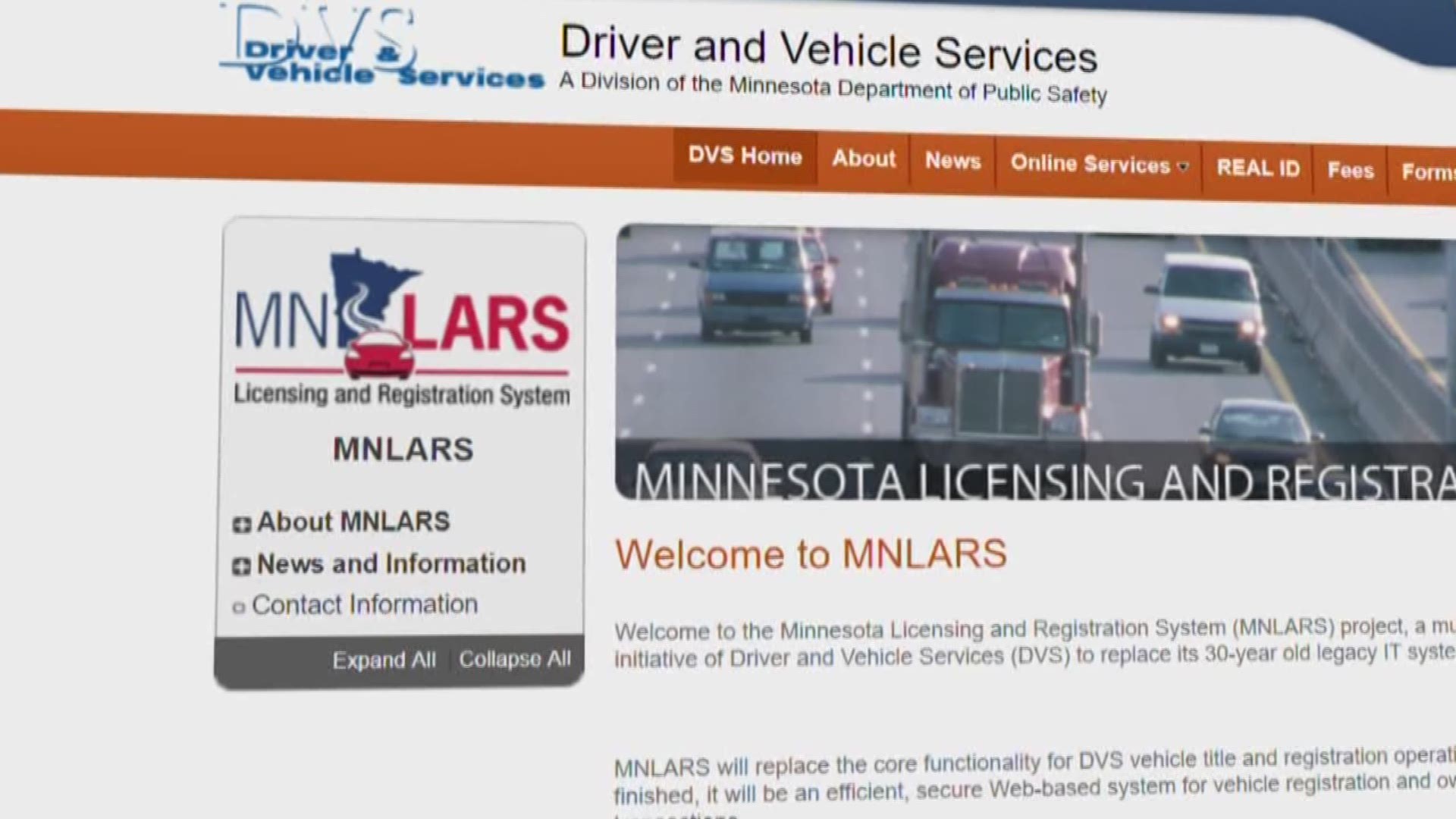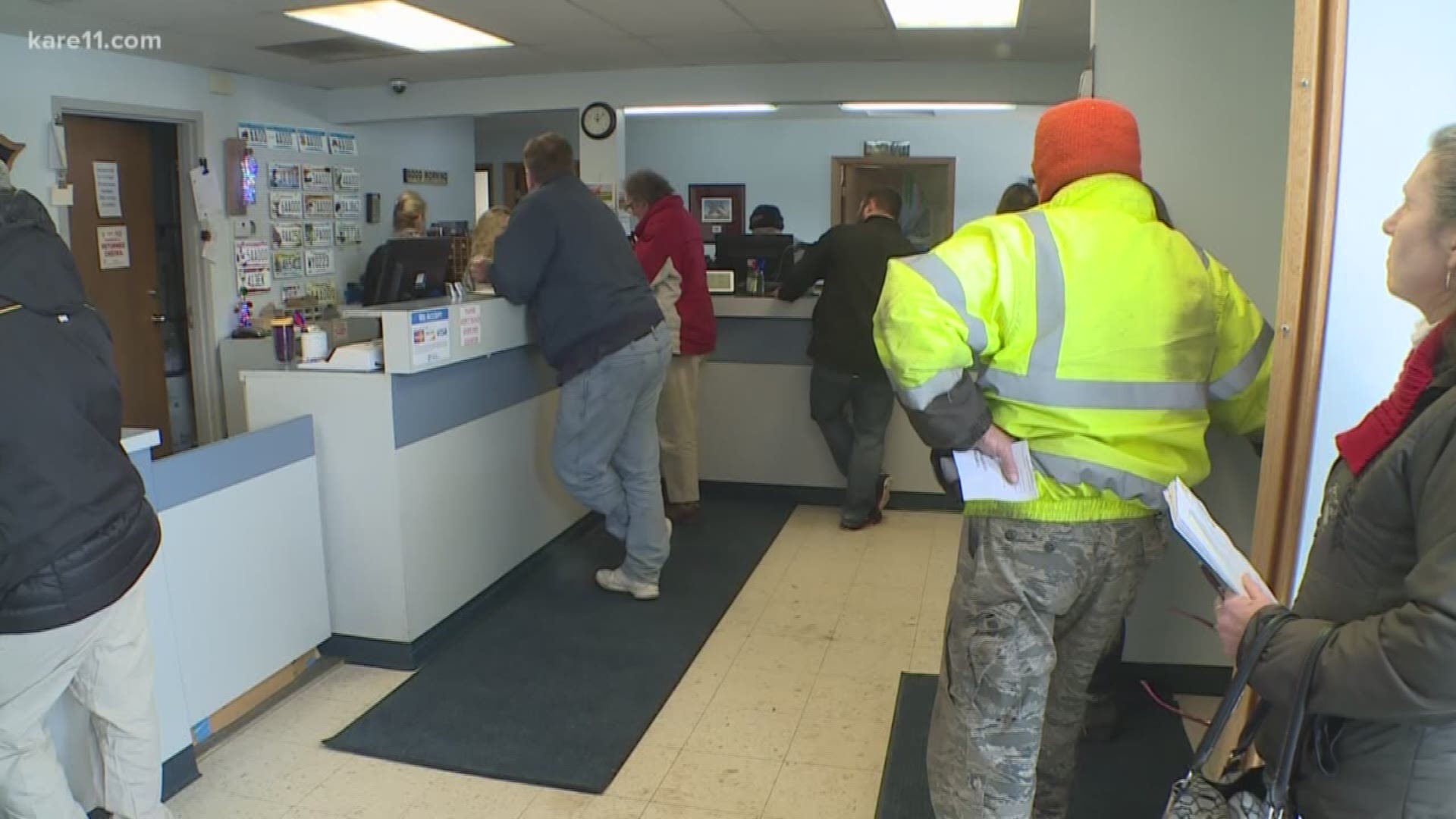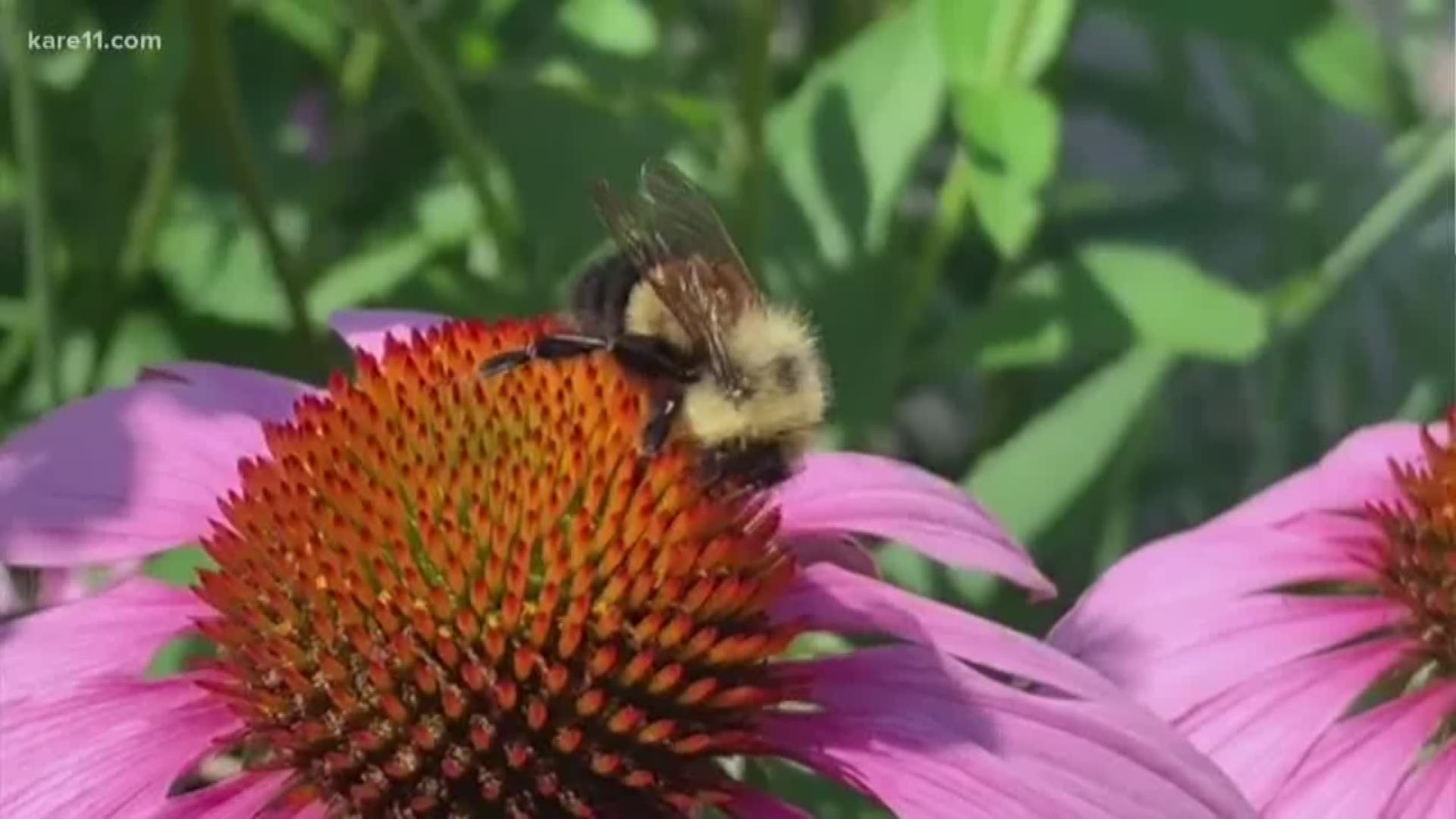ST PAUL, Minn. — The latest obstacle for pollinators? MNLARS.
Pollinators like bees and butterflies have faced many obstacles in recent years. Now you can add MNLARS to the list.
In response to the growing desire to protect pollinators, the Minnesota DNR decided to add a pollinator-themed option to its long list of Critical Habitat specialty plates back in 2017.
"If we put a license plate before everyone on the highway, just think of the awareness we could create,” said Rhonda Fleming Hayes, a master gardener and author of ‘Pollinator Friendly Gardening,’ "It's incredibly important."
There was just one problem. After holding a public contest to select the top design, the DNR ran into a snag.
“A winner was selected and prize money given out,” said Lori Nauman, a Non-Game Wildlife Representative for the DNR. “But we haven’t unveiled it yet because MNLARS happened.”
Yes, the same computer system that led to long lines and even longer delays for drivers looking for licenses and car registration, also had a problem processing the new plate. The issue arose because the pollinator plate required six digits instead of five.
"The computer system is not able to produce new numbers,” Naumann said.
The Department of Vehicle Services acknowledges that a programming error made it impossible to launch the plates, but a spokesperson said the state’s new vendor, Fast Enterprises, is now set to begin replacing the system. It will eventually be capable of producing the plates. It has 26 months to complete both phases of the project.
"We'll make a big party when it happens,” Naumann said. “It will be a really big party this time."
I'm just waiting,” “I'd love to have a bee plate."
All of Minnesota’s Critical Habitat plates will eventually move to six characters as well, but DVS is still able to issue them to drivers. The plates cost drivers an additional $30, which supports the Reinvest in Minnesota Program. Last year the plates generated $5.3 million to help buy and manage critical habitats for all types of species.
There’s no telling how much more a pollinator plate might have raised.
“I'm just waiting,” Fleming Hayes said. “I'd love to have a bee plate."





